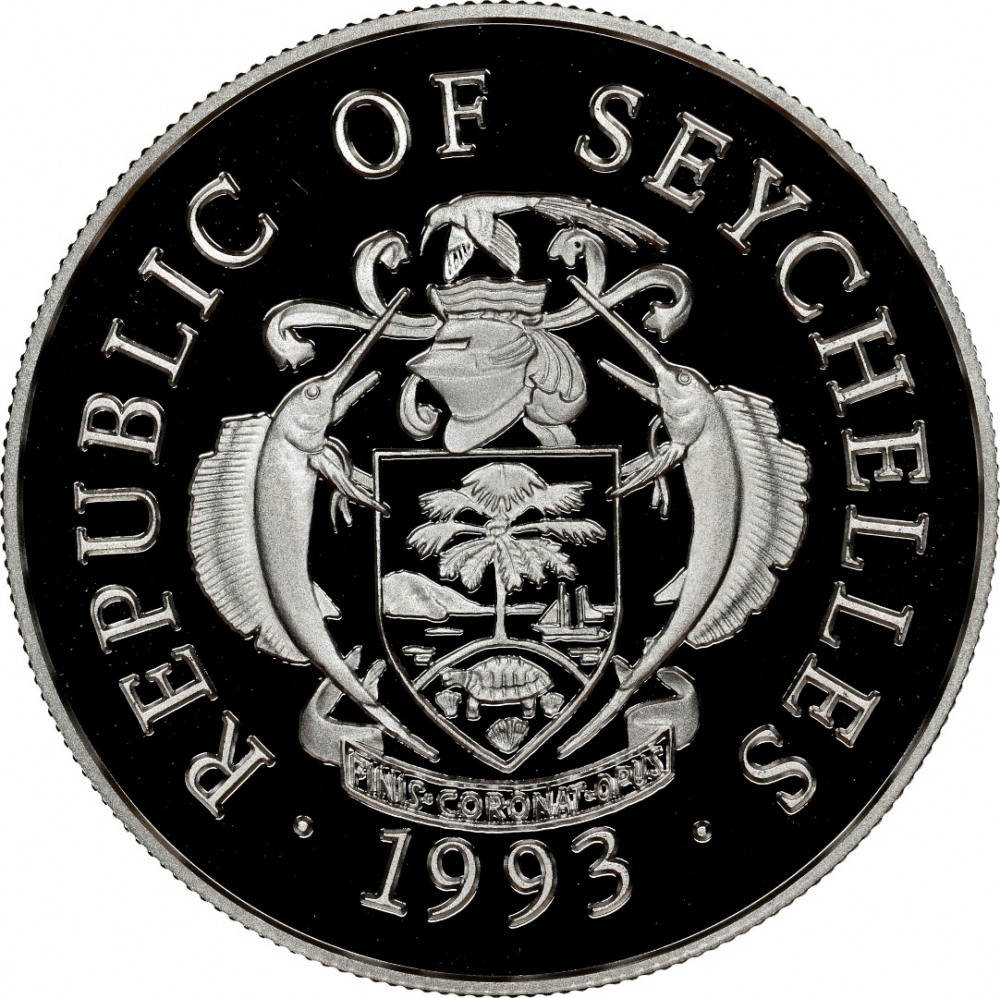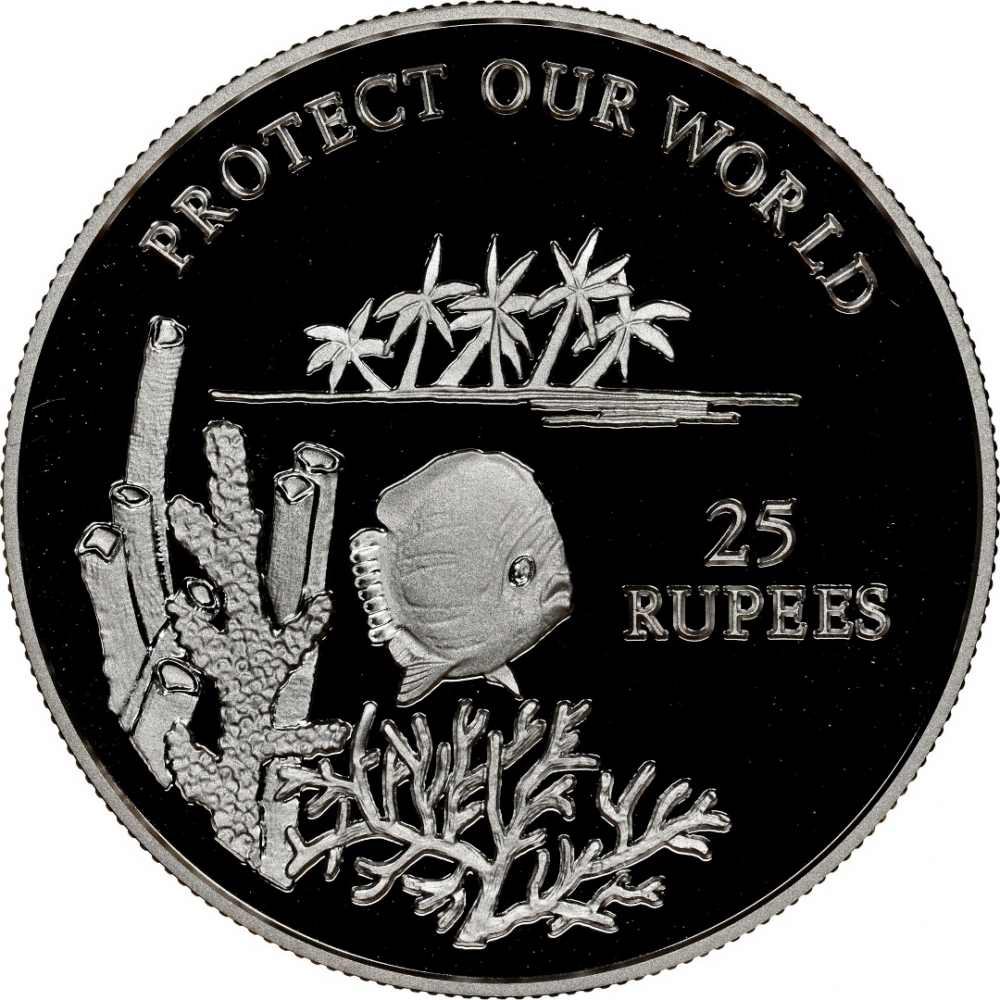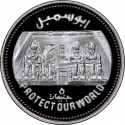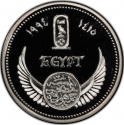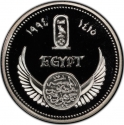You are about to finish your registration. Please check your mailbox (including spam folder). There should be a letter with a confirmation link. Check setting to make sure that your e-mail address is correct.
Send letter againDescription
A marine habitat supports marine life, which relies on saltwater from the sea (derived from the Latin "mare," meaning sea). It is an ecological area inhabited by one or more species. Marine habitats are divided into coastal and open ocean habitats. Coastal habitats extend from the shoreline to the continental shelf, housing most marine life despite covering only 7% of the ocean area. Open ocean habitats are located in the deep ocean beyond the continental shelf.
Obverse

|
Depicts the coat of arms of Seychelles, country name above, date below. REPUBLIC OF SEYCHELLES |
|---|---|
Reverse

|
Depicts a sort of coral reef (Tube sponges, Staghorn and Pillar) with a fish inhabiting and palm trees in the background. PROTECT OUR WORLD |
| Edge |
25 Rupees
Protect Our World
Marine Habitats
Subscribe series
KM# 71 Schön# 72
Protect Our World
Marine Habitats
